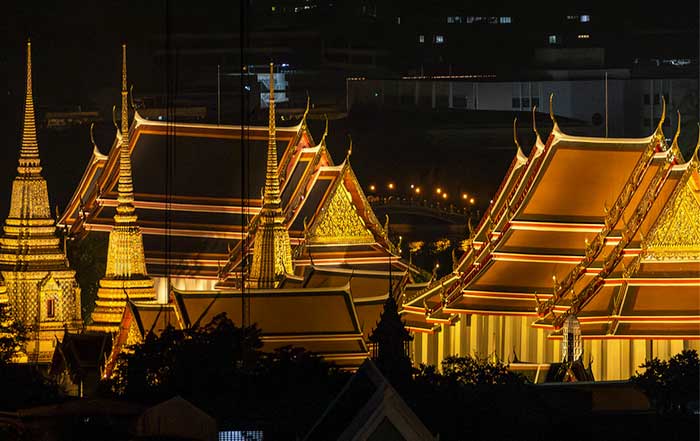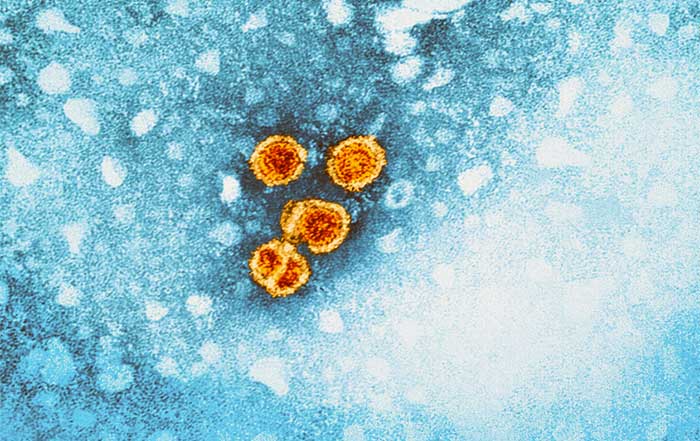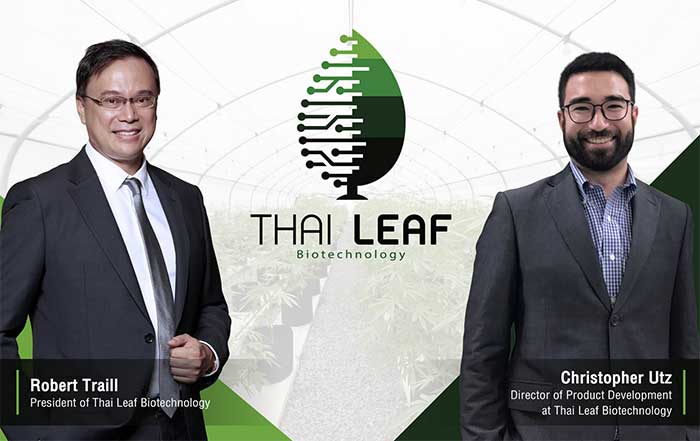The National Innovation Agency (Public Organization), or NIA, is continuing to drive Thailand's Innovation Index to the 30th place by 2030 in the role of a "Focal Conductor" that connects with domestic and international partners to promote and support innovation-based entrepreneurs in all dimensions. This will lead to sustainable economic and social impacts for the country with 7 main strategies which are: 1) To create and enhance innovation-based entrepreneurial competency in targeted industries with networks throughout the supply chain; 2) To promote open innovation and open up the Thai innovation system; 3) To promote access and the utilization of infrastructure with universities and science parks; 4) To be a center for creating an ecosystem that promotes the utilization of innovation; 5) To promote innovation marketing both domestically and internationally; 6) To raise awareness and recognize the importance of innovation in all sectors; and 7) To develop the organization into one that is ready for change and which grows sustainably.
Dr. Krithpaka Boonfueng, Executive Director of the National Innovation Agency (Public Organization), or NIA, revealed that in 2023, the policy of using innovation to drive the economy, society and infrastructure necessary for the development of the country had been discussed and roles in order to bring the country to compete at the macro level again were clearly defined. Through this drive, the NIA is another agency that plays a role both in terms of policy makers, facilitating an innovation ecosystem for work capability and for business value creation, including creating innovation among entrepreneurs, startups and government sectors. In addition, there is an important goal to accelerate Thailand to become one of the 30 leading innovation countries in the world by 2030.
"In order to enhance the direction of Thailand's innovation drive to be in line with the global context, the NIA has a new strategy under the concept of "Create the Dot - Connect the Dot - Value Creation" through the "Groom Grant Growth" mechanism and the "2 reduce 3 increase" approach, which is to reduce inequality by focusing on open innovation through the exposure to new ideas from startups and SMEs to fill weaknesses or to combat social and economic problems. Second, to reduce barriers to access and to leverage innovation for all sectors along with revising regulations that could hinder growth and increasing opportunities to access funding sources for both the public and private sectors. Also, to increase the number of innovators and innovation-based entrepreneurs. To create employment, increasing the GDP and creating the image of an "Innovation Nation" as well as increasing the potential of innovation-based entrepreneurs. This will provide the opportunity to expand the market and to create Thai innovative brands that are ready to compete with innovations from abroad," he said.
For the years 2023 – 2027, the NIA has changed its role from being a "system integrator" to become a "Focal Conductor", which will be another new role according to the 7 strategies, he said, namely:
1) To create and upgrade innovation-based entrepreneurs (IBEs) in targeted industries together with networks throughout the supply chain to develop and expand the results of important projects in 5 industry groups: 1) Food Tech & Ag Tech 2) Travel Tech 3) Med Tech 4) Climate Tech and 5) Soft power by promoting IBEs to protect and manage intellectual property in innovative products and to use the NIA Academy as the main mechanism for developing IBEs through an intense curriculum. This is also to be achieved by establishing a network of cooperation with external agencies such as the Office of Small and Medium Enterprises Promotion Confederation of Thai SMEs, The Federation of Thai Industries, The Thai Chamber of Commerce and the Board of Trade of Thailand, the Bank for Agriculture and Agricultural Cooperatives, the Siam Commercial Bank, the Government Savings Bank, the Government Housing Bank, etc., with a goal being that in 4 years there will be 10,000 innovation-based entrepreneurs along with 15,000 innovation personnel and workers and with an impact value in targeted industries and areas of 20,000 million baht.
2) To promote open innovation and to make the Thai innovation system more open by placing an emphasis on open funding and links to other sources of funds. Regionally-aligned industry sector funding should enhance the capacity for grant applications and in preparing project proposals with innovation networks such as universities, science parks, The Federation of Thai Industries, The Thai Chamber of Commerce and the Thai Chamber of Commerce Young Entrepreneurs Group (YEC) and the Confederation of Thai SMEs to diversify opportunities to access sources of capital in the region, streamlining processes and expediting disbursements in grant projects. Using innovative coupons to provide faster funding as well as linking sources of funding, whether from state-owned banks or other sources of funding, both domestically and internationally. The goal in 4 years is 2,000 million baht in funds to support innovations managed by the NIA, supporting 1,500 projects and innovative businesses with an investment value of 2,000 million baht, with 5 times the cost-effectiveness and with the impact of innovation funding creating 3 new support mechanisms.
3) To promote access and the utilization of infrastructure with universities and science parks by working closely with the regional science parks and provincial governors to establish innovation committees as has been done in Phatthalung and Chiang Mai provinces. Also creating innovation networks in border areas in cooperation with agencies under the Ministry of Interior and the Ministry of Higher Education, such as the Department of Community Development, research agencies and universities, including the DEPA CEA, to increase the area of innovation provinces to be comprehensive and to generate results and have an impact in each region. The goal in 4 years is more than 3,000 IBEs participating, promoting the utilization of innovation infrastructure in 40 universities and 16 parks, creating regional innovation investment of 20,000 million baht. The urban innovation index ranking has risen by 5 places with innovation development centers in 12 provinces, 12 innovation districts and 3 regional offices.
4) To be a center for creating an ecosystem that promotes the utilization of innovation that facilitates the participation of all sectors, collaborating with partner agencies both domestically and internationally to promote and support IBEs both financial and in other dimensions. This emphasizes using innovation to create economic and social impact, building a network for utilizing research outcomes and creating a space to support startups like Station F of the French Republic. Also, tasks include preparing a database of Thai innovation systems, making policy recommendations and pushing for laws that strengthen the Thai innovation system, such as financial and tax policies that support innovative businesses, IP tax redemption, or policies that support targeted industries and extending privileges in Innovation Districts with the BOI and Draft Act to promote startup enterprises.
5) To promote innovation marketing both domestically and internationally for products and services of innovation-based entrepreneurs in the form of a "Business Brotherhood", allowing large companies to support the business expansion of IBEs, such as promoting the marketing of innovative products with CP All, Makro, Siam Piwat and Central Group companies, including promoting IBEs to know how to build a brand, marketing through e-commerce platforms by expanding the cooperation with Shopee in the InnoMall project with other platforms such as TikTok and Line, including creating a catalog of innovative products in both Thai and English. In collaboration with agencies in the Ministry of Commerce and the Ministry of Foreign Affairs, the goal in 4 years is 1,000 IBEs participating in the project with the value growth from domestic and international markets to be 1,000 million baht.
6) To raise awareness and recognize the importance of innovation in all sectors through the Innovation Thailand project, organizing innovation award contests, SITE events, Ubon Art Fest events to create a coalition in driving the Thai innovation system. The goal in 4 years is the number of online and onsite participants of at least 50,000 people, with the number of online content visitors of not less than 2,000,000.
7) To develop the organization into one that is ready for change and which grows sustainably, focusing on cross-functional work, reducing complicated work processes. supporting job rotation, promoting creativity, implementing project-based management and setting clear and consistent Objectives and Key Results (OKRs) across the organization. Personnel management should be systematic, transparent and fair, emphasizing teamwork in order to achieve the mission of the organization as well as introducing the concept of sufficiency economy and ESG principles into operations.
"Within a year, the NIA has set a goal to make progress in Thai innovation both in terms of value and brand image, whether it is to push the draft Act to promote start-up enterprises successfully or to create a space to support startups based on the French Republic's Station F model. This will be an area where startups and investors gather and are equipped with facilities, consulting firms, global technology offices and promotion program for support of both public and private companies," he said.
"In addition, it will also create a network for utilizing research outcomes with agencies under the Ministry of Higher Education, making policy recommendations and pushing for laws that strengthen the Thai innovation system, such as financial and tax policies that support innovative businesses, IP Tax Redemption, or policies that support targeted industries, expanding privileges in innovation districts with the BOI, linking innovation databases and creating a platform for Innovation Thailand, etc.," Dr.Krithpaka concluded.
In photo: Dr. Krithpaka Boonfueng, Executive Director of the National Innovation Agency (Public Organization), or NIA








